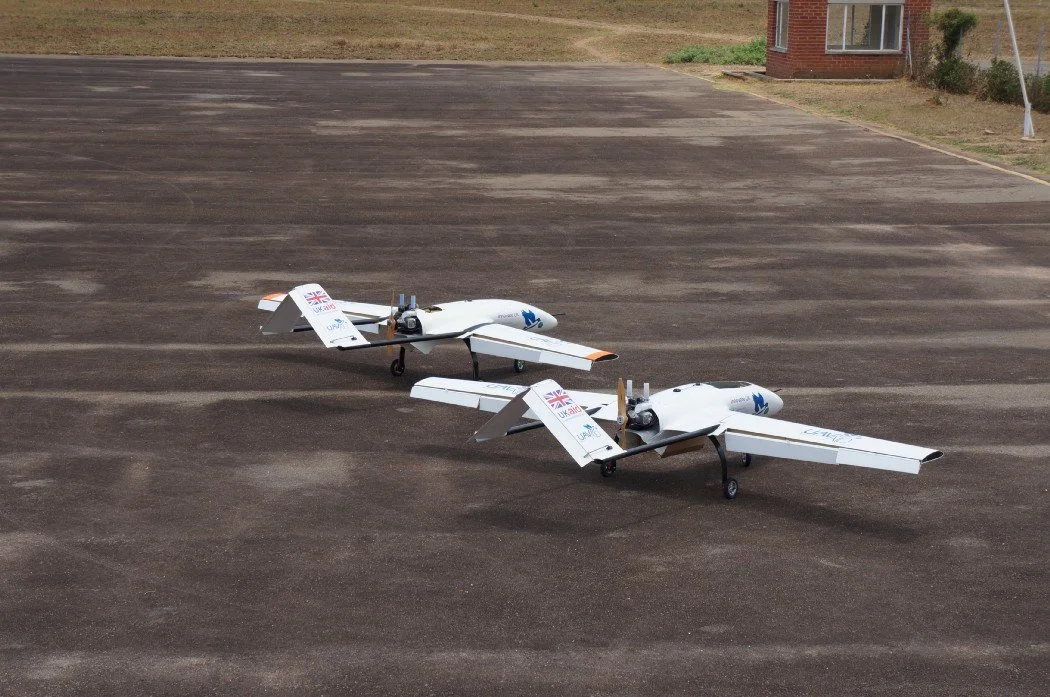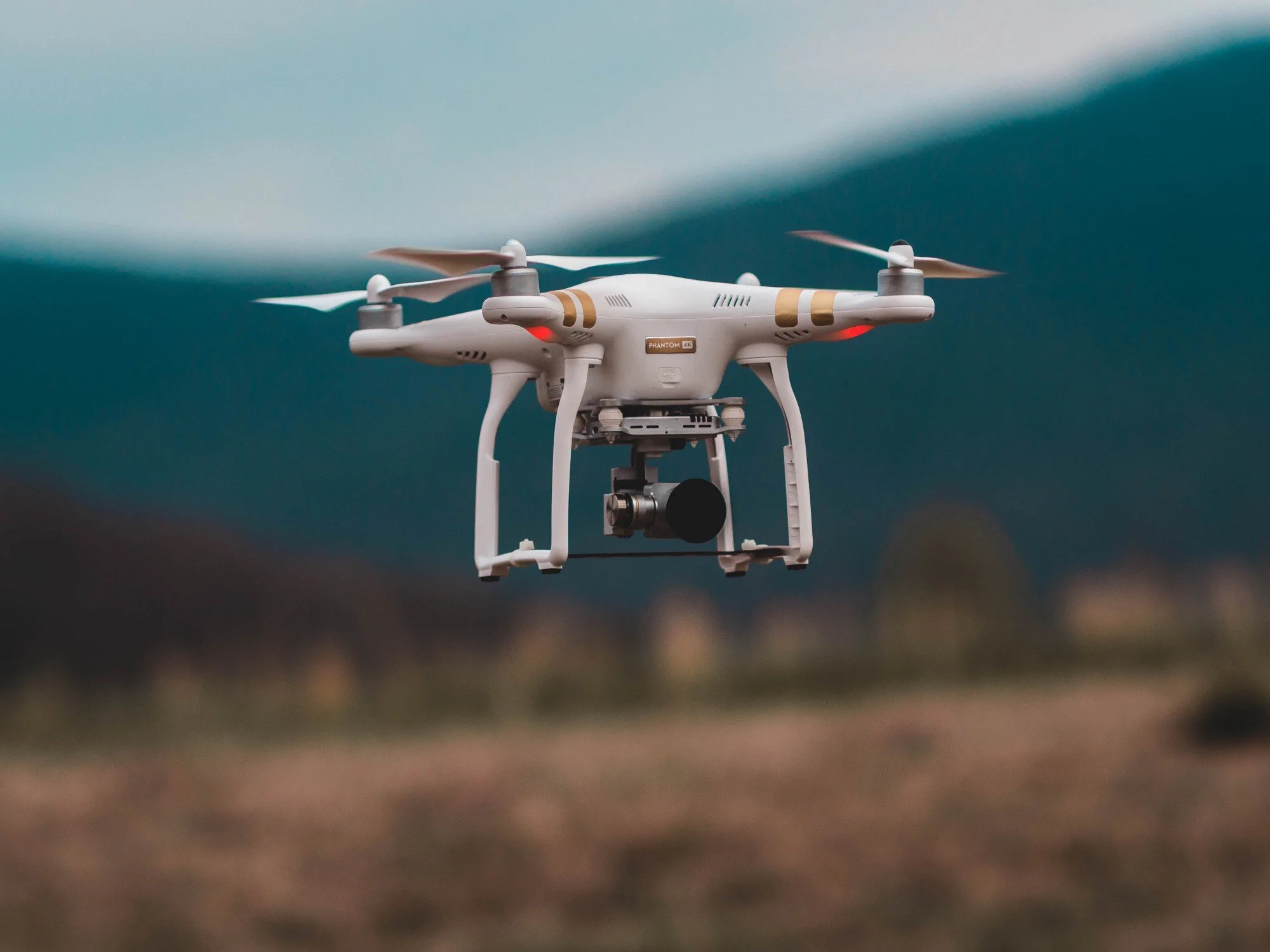
Blockchain
The term ‘blockchain’ refers to an open, distributed ledger that can record transactions between two parties efficiently and in a verifiable and permanent way. It’s well-known for being the technology at the heart of bitcoin and other virtual currencies.
If you’re completely new to blockchain, then we would recommend these three steps to get started:
Read these 14 tweets to understand the key components and factors.
Create a blockchain yourself with this quick demo.
A blockchain is a long chain of data entries. No rocket science involved here. The catch over here is that not one person or organization for that matter is in charge of the blockchain. Each record is known as a block. When a person adds a block every person who has ever added a block on the chain is informed. This makes the whole process extremely transparent and there are no intermediaries involved.
Breaking it down to its simplest form, it’s a long chain of blocks, with each block representing a data entry. Some think of it like a Google spreadsheet, where you can see every entry and change made to the file.
Blockchain is a complex frontier technology. Unlike drones and solar panels, we can’t see or touch it. But the Frontier Tech Hub has already helped FCDO advisors test blockchain solutions in humanitarian and supply change contexts, and it only takes a little learning to see the potential for it across the world of development.
Fact File- 3 myths about blockchain
Myth 1: Blockchain and Bitcoin are the same thing
🤑 Blockchain is the technology behind cryptocurrencies like bitcoin and other virtual currencies, but they are not the same thing.
Myth 2: a blockchain is 100% safe
🦺 A blockchain is a record where nothing can be hidden or tampered with (as is often the case with traditional records), and no one entity or person can “own” it. This makes it a 99.9% secure record, but not 100% incorruptible, as some might claim.
Myth 3: blockchains are always public
👻 While many blockchains are public, there are also private ones with their own applications to run within a closed network. Private blockchains are “permissioned”, while public blockchains are “permissionless”.
Get to know your buzzwords.
What functionality can drones offer?
Drones are commonly used to support development and humanitarian outcomes by collecting images, carrying cargo, providing connectivity and precision spraying.
Questions we get asked a lot?!
-
The term ‘drone’ refers to an uncrewed aircraft which can be controlled remotely. Typically, An Uncrewed Aerial Vehicle (UAV) is used in reference only to aircraft that can fly autonomously or remotely. Although the terms “UAV” and “drone” are used interchangeably in practically all articles, websites, and news, we must make a distinction that not all drones are UAVs. Both refer only to the machine itself, whereas, Unmanned Aerial Systems (UAS) refers to not just the ‘drone’ or vehicle but also the operator pilot, the air control systems, software, GPS, and other infrastructure. See the UK Civil Aviation Authority's guide to UAS for more information.
-
It’s important to start by understanding the problem, only then can you assess if drones are a suitable and affordable solution. The cost of UAS varies depending on the use case, and therefore the type of drone or UAV appropriate for the task, the location and distances involved, the length of operations (emergency response or sustainable operations), the existence of local suppliers and supporting infrastructure.
It has been demonstrated that UAVs can offer solutions to real challenges, for example timely deliveries to remote health clinics or more targeted crop spraying (see more use cases in this report from the Africa Drone Forum) but whether UAVs present a value for money solution, or in which circumstances they may do so, is a more challenging question to answer.
-
There are a growing number of drone or UAV developers and operators so it’s important to consider what you need when selecting a supplier.
What type of UAV is required, is it about carrying the maximum payload, covering large distances or high quality mapping? Will you need to land to offload cargo? How many UAVs will you need to deliver the service? Is the supplier offering a service agreement or only supplying the technology? Will it be possible to repair or replace parts locally?
The FT Hub has worked with eight different partners on nine UAV pilots. The medical drone delivery database is a useful reference, as is the list of participants at the Africa Drone Forum Expo. There’s a need to support local skills development and local entrepreneurs to encourage local innovation and solutions. The Africa Drone and Data Academy is leading the way in supporting the next generation of drone pilots and data analysers.
All things to consider when identifying the best fit supplier for your work.
-
Whether you need a licence will depend on the type of drone, what the drone is being used for and local laws and regulations. The use of UAVs or drones is typically governed by regulation in the country of use. You can find information on Country Regulations on the International Civil Aviation Organisation website. Some countries operate drone testing corridors which provide a controlled environment for testing drone technology and conducting demo flights prior to applying for licences to operate elsewhere. For example, the Malawi humanitarian drone testing corridor provides a controlled platform for the private sector, universities and other partners to explore how drones can help deliver services that benefit communities.
The Humanitarian Code of Conduct and Guidelines is also a useful reference for those operating in emergency response environments.
-
Community sensitisation is critical and we’ve seen the value of this in our pilots. In the case of Sustained UAV Operations, community engagement was initiated in collaboration with UNICEF’s local partner, College of Medicine, prior to any flights being initiated. Whenever possible the team took a UAV with them so they could show communities the technology. With a view to scaling their solution, Astral Aerial and CABI, implementers of the Drones for Locust Control pilot, have conducted a survey to better understand community perceptions. Time invested in mapping suppliers and building relationships will likely be recouped, as it is crucial to long-term project sustainability.
Stakeholder mapping may be especially valuable in challenging humanitarian contexts, where community sensitisation and acceptance are even more vital. This is because UAVs may carry a military connotation, as noted in FCDO’s policy paper: Unmanned Aerial Vehicles in Development and Humanitarian Contexts.
What can be tested with drones and UAVs?
Swipe through stories from the field 👉
Our insights
What we have learned from testing drones and UAVs - headlines from the report.
“UAVs have great potential to enhance the impact of our work and it’s critical that Governments, donors and the private sector collaborate to build sustainable and responsible operations and support the regulatory and ethical frameworks needed to drive success”
Sarah Pannell — FCDO Pioneer
Ready to dive deeper?
Here we’ve just scratched the surface of the potential impact drones and UAVs could have in development. We’ve curated a playlist of videos, podcasts and articles to keep exploring this topic.
-
An introduction to making high resolution maps using drones from the World Food Programme (14 mins)
The plenary of the Africa Drone Forum 2020 (1 hour)
A panel discussion from the Cargo Drone Virtual Summit entitled ‘Africa: The Continent That Leads The World on Drone Application’ (1 hour 20 mins)
-
-
The Drone Evidence Generation Toolkit by VillageReach
Drones for Sustainable Development Goals Toolkit by UNICEF
When to use Drones by the Drones Doing Good Alliance
Unlocking the Lower Skies: The Costs and Benefits of Deploying Drones across Use Cases in East Africa by The World Bank
Medicine from the Sky Opportunities and Lessons from Drones in Africa by The World Economic Forum and Deloitte
Saving Lives from the Sky: Considerations for the Development of Sustainable Drone Programs in Africa by Deloitte










